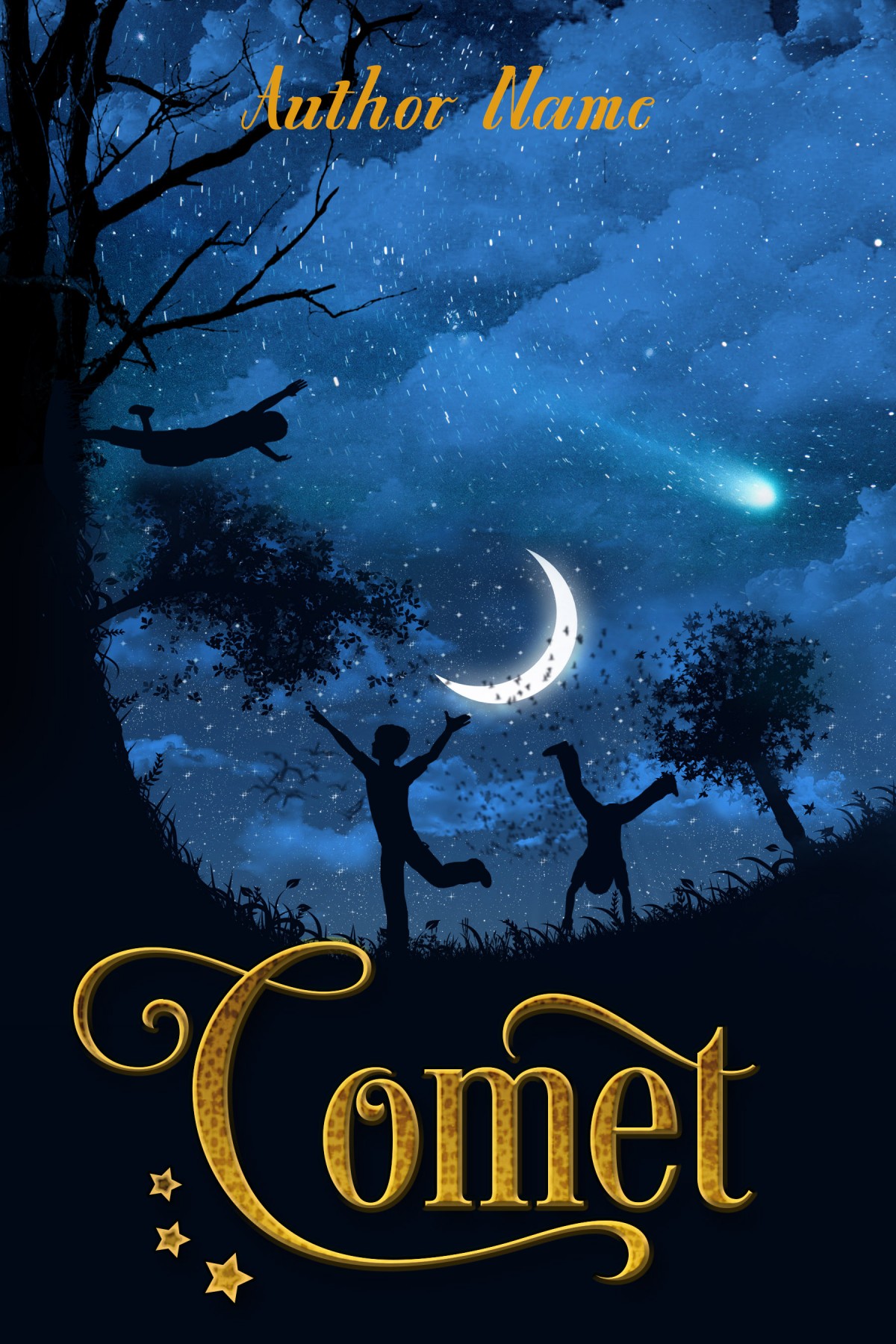

I witnessed an archive of painstaking making, and beyond that, in photos and keepsakes, fleeting glimpses of the human being. I saw behind the body of her published work a ghostly body of lost and found drafts, false starts, the roots from which poems grew. I saw the grit that met Plath’s talent, watched poems unfold through the alchemy of inspired drafting and careful and brilliant craft. My research opened into a poetic apprenticeship. In the Neilson Library’s Rare Book Room at Smith College in Northampton, Massachusetts in the middle of winter, I laid out the drafts of Plath’s meticulously-numbered late poems alongside one another on a row of desks. In 1992 I travelled to several US libraries to explore archival material as part of my doctoral research. Alvarez reports Hughes saying of Plath: ‘Her psychic gifts, at almost any time… were strong enough to make her frequently wish to be rid of them.’ Horoscopes, a Ouija board and openness to the incantatory, ritual and alchemical aspects of poetry were part of their practice. Plath and her poet husband Ted Hughes played what their friend the literary critic Al Alvarez called ‘spooky games’ to enhance their access to the daemonic. Plath ‘haunts our culture’, writes Jacqueline Rose in her scintillating book The Haunting of Sylvia Plath.

The large charge of Plath’s work has an uncanny aspect. The charge for me was still about and through the poetry. This charge – stampede, cost, accusation, blast and thrill – grew to a very large charge when, five years later, I began my PhD with a focus on Plath’s work. The blade-edged lines, repetition, perfect rhyme and hard monosyllables of ‘Lady Lazarus’ are threaded with resonance that winds through the poem like a bomb’s wires:įor the eyeing of my scars, there is a chargeĪnd there is a charge, a very large charge ‘There is a charge’, Plath writes in one of her most celebrated poems, ‘Lady Lazarus’, and there was always a charge for me.Īround the time Plath was writing the poem she replied to a letter from a new poet, advising: ‘let the world blow in more roughly’. The pages of my copy of Ariel are falling from its spine, covered with pencilled notes. This was before the internet’s easy access to photos, biographical details and fandom, so my focus was on reading and rereading the poems.

It began in my last year of school, studying poems from her posthumous collection Ariel (1965). I’ve been reading Sylvia Plath for more years than she lived. Sylvia Plath, ‘Lady Lazarus’Īnd forge my life anew… - Sylvia Plath, letter to Olive Higgins Prouty, 22 January 1963 And like the cat I have nine times to die.


 0 kommentar(er)
0 kommentar(er)
